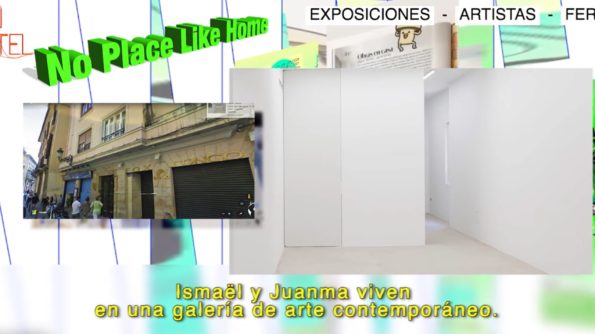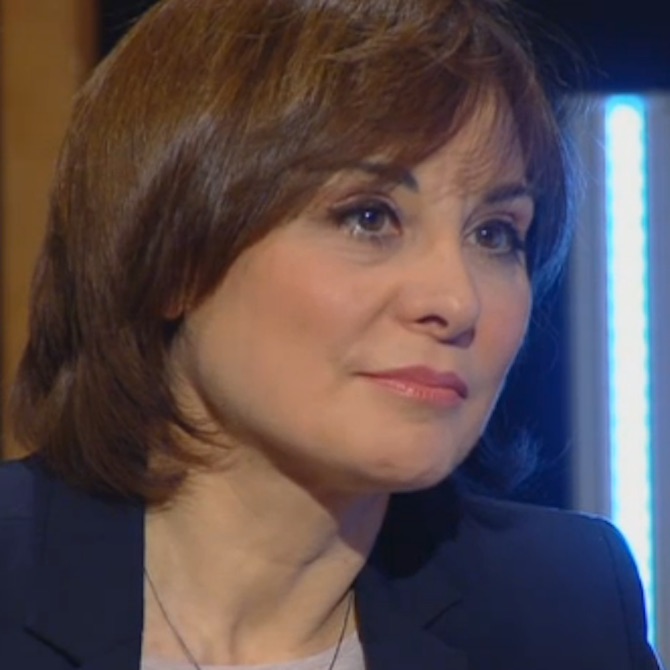Search
To search for an exact match, type the word or phrase you want in quotation marks.
A*DESK has been offering since 2002 contents about criticism and contemporary art. A*DESK has become consolidated thanks to all those who have believed in the project, all those who have followed us, debating, participating and collaborating. Many people have collaborated with A*DESK, and continue to do so. Their efforts, knowledge and belief in the project are what make it grow internationally. At A*DESK we have also generated work for over one hundred professionals in culture, from small collaborations with reviews and classes, to more prolonged and intense collaborations.
At A*DESK we believe in the need for free and universal access to culture and knowledge. We want to carry on being independent, remaining open to more ideas and opinions. If you believe in A*DESK, we need your backing to be able to continue. You can now participate in the project by supporting it. You can choose how much you want to contribute to the project.
You can decide how much you want to bring to the project.

How hard it is to make sense of things these days! Not to throw oneself into a compulsive digital hyperactivity, to open up broadly the access to archive material or simply not to be paralyzed by the future that awaits us. Back to normality? We have already seen that “normality” was the problem. How was that spell like? “I wish you to live in interesting times.” Well, yes, “interesting” are, for everyone.
In Magazine we are currently analysing with Martí Manen the need to rethink the institution, in what he is calling “newnewnewinstitutionalism”. And we are also seeing a multitude of institutional, independent, artistic initiatives to show that the art world is a sphere of resilient and stubborn survivors, too used to not being able to count on Ministries of Culture (and equivalents). In this tidal wave of proposals, we would like to highlight some little gems that deserve not to go unnoticed. Obviously, given the circumstances, most proposals can be found online. It is very important to emphasize here that the digital does not replace the face-to-face, but that both coexist and each one has its moments and formats, of presentation, distribution and scope.
We begin with an institutional initiative, Un metro y medio, curated by Manuel Segade and Tania Pardo, CA2M, a paid (very very important to note) call and aimed at artists living in the Community of Madrid whose work is not represented in the CA2M collection. CA2M proposes a reflection on the situation, on this underground and medium of social distance to present an artistic proposal online every day.
During these weeks of forced exhibition closures, some galleries have brought us part of their programme, such as Thomas Schulte, which temporarily allows online access to the documentary on Mapplethorpe that they had scheduled as a public activity in parallel to the exhibition on the artist. Esther Schipper has been working on online visits to her exhibitions for some time now and is taking advantage of these days to give more weight to her Continuity platform, which includes content on the gallery’s artists, conversations, screenings and presentations of the history of this gallery that has a thirty-year history.
Instagram is the platform used by many galleries to bring us closer to its contents, the exhibition that could not be inaugurated by Carlos Pazos at ADN Galería and their periodic deliveries of TakeAway, presenting individual works; Bombon Projects, with video conversations between the artist Jordi Mitjà and the curator Tiago de Abreu Pinto and also, like other galleries, displaying different aspects of the exhibitions they keep closed in their spaces. This is the case of the exhibition dedicated to Ana Mendieta and curated by Wilfredo Prieto at NoguerasBlanchard.
If we talk about (time)site-specific, No Place Like Home, a project curated by Fito Conesa, together with Ismaël Chappaz and Juanma Menero (Espai Tactel), deserves special attention. It is an exhibition curated from works of the gallery, conceived for the physical space of the gallery, where they have been installed (since Ismaël and Juanma live in the back of the gallery) and shown in a video commented tour. The works on display acquire new readings in this context: the video on the sale of a sculpture with an expiring date by Aggtelek; the touch to the artistic egos by Paco Chanivet; or the composition by Fito Conesa that relates his date of birth to a naval battle in 1905.
Because the situation we are living in, whether it’s one of comfortable confinement or risk and tragedy, moves between the meme and the drama, between everyday life and historical events, like the famous entry in Kafka’s diaries on August 2, 1914: “Today Germany has declared war on Russia. In the afternoon I went swimming”. No Place Like Home was Dorothy’s recurring phrase from The Wizard of Oz. And, as the curatorial text concludes, perhaps in addition to seeking guidance in thoughtful texts that attempt to analyse the collapse of the world as we know it, it makes a lot of sense to put ourselves back in the shoes of our adolescent selves, that stage we have all been through, so complex and uncertain and so “interesting”.


Montse Badia has never liked standing still, so she has always thought about travelling, entering into relation with other contexts, distancing herself, to be able to think more clearly about the world. The critique of art and curating have been a way of putting into practice her conviction about the need for critical thought, for idiosyncrasies and individual stances. How, if not, can we question the standardisation to which we are being subjected?
www.montsebadia.net
"A desk is a dangerous place from which to watch the world" (John Le Carré)